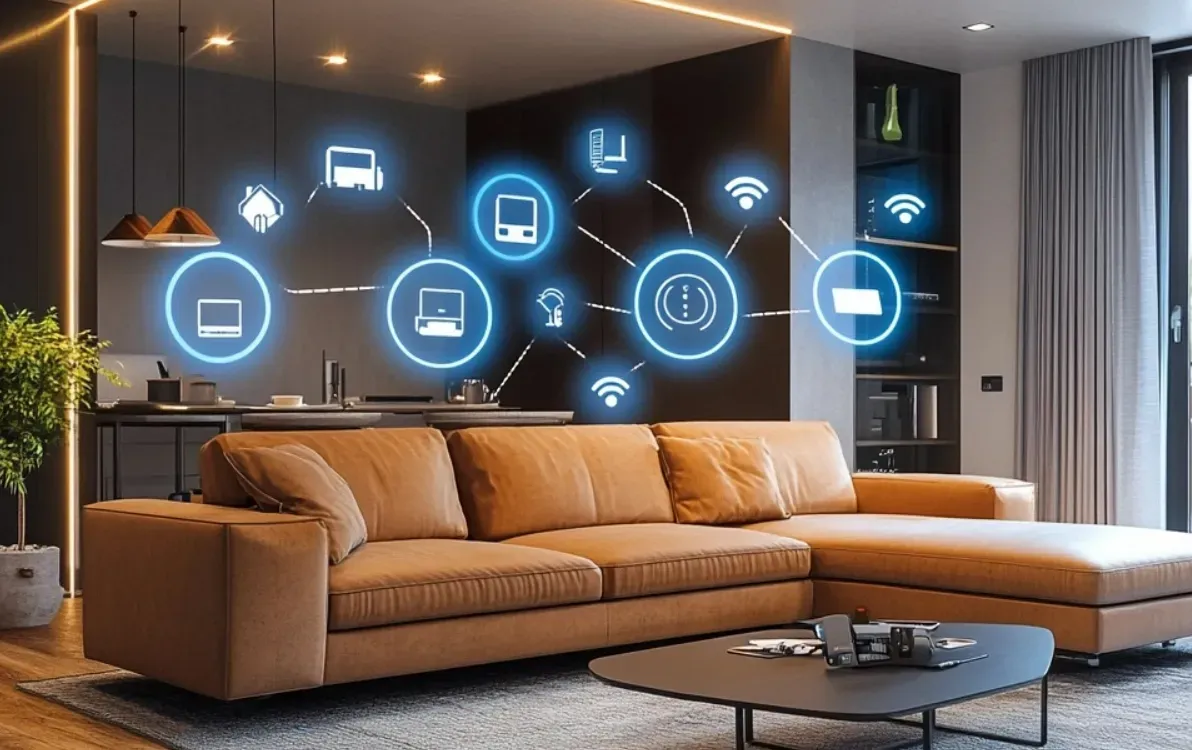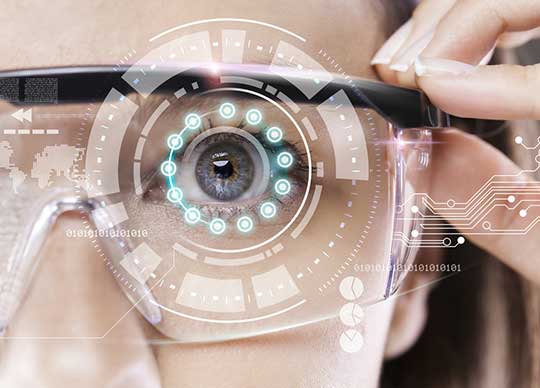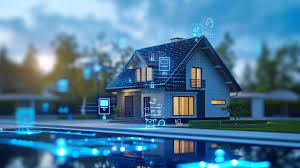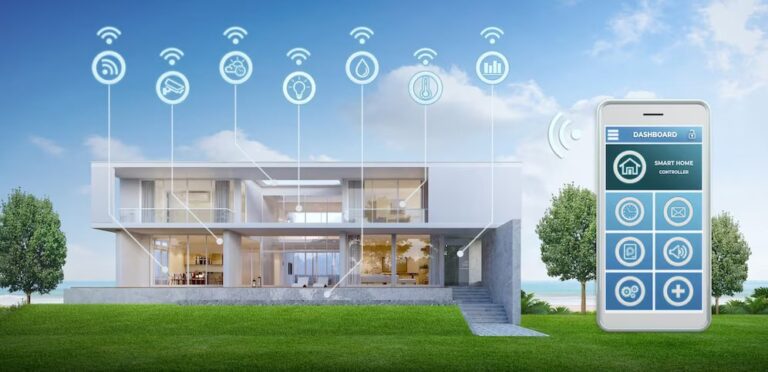Smart Home Devices Revolutionizing Modern Living
Smart Home Devices
The concept of a smart home, once a futuristic fantasy, has become a tangible reality. Smart home devices are revolutionizing how we interact with our living spaces, offering unprecedented convenience, efficiency, and security. These devices, powered by advanced technologies like the Internet of Things (IoT), artificial intelligence (AI), and wireless connectivity, allow homeowners to control and automate various aspects of their homes, from lighting and temperature to entertainment and security. This article delves into the world of smart home devices, exploring their types, benefits, challenges, and the future they promise, providing a comprehensive guide for anyone looking to embrace this transformative technology.
As of 2025, the global smart home market is booming, with millions of households adopting devices to streamline daily tasks and enhance their quality of life. From voice-activated assistants to intelligent thermostats, the range of smart home devices is vast and growing. This article aims to provide a detailed overview, ensuring you understand the potential of these innovations and how they can be integrated into your home.
What Are Smart Home Devices?
Smart home devices are electronic gadgets that connect to the internet or a local network, allowing remote control, automation, and monitoring through smartphones, tablets, or voice assistants. These devices communicate with each other via protocols like Wi-Fi, Bluetooth, Zigbee, or Z-Wave, creating a cohesive ecosystem. They are designed to make life easier, more efficient, and more secure by automating routine tasks and providing real-time insights into home operations.
Examples include smart lights that adjust brightness based on time of day, smart thermostats that learn your heating preferences, and smart security cameras that send alerts to your phone when motion is detected. The core idea is connectivity and intelligence, enabling devices to respond to user commands or operate autonomously based on pre-set conditions.
Types of Smart Home Devices
The smart home ecosystem is diverse, encompassing devices that cater to various needs. Below is an overview of the most popular categories, each contributing to a smarter, more connected home.
1. Smart Lighting
Smart lighting systems, such as Philips Hue and LIFX bulbs, allow users to control light intensity, color, and scheduling via apps or voice commands. These devices can create ambiance, save energy by dimming when not needed, and even sync with music or movies for an immersive experience. For instance, you can set lights to mimic sunrise for a gentle wake-up or turn off automatically when you leave home.
2. Smart Thermostats
Devices like the Nest Thermostat or Ecobee learn your temperature preferences and adjust heating or cooling to optimize comfort and energy efficiency. They can be controlled remotely, and some models integrate with weather forecasts to preemptively adjust settings, reducing energy bills by up to 15%, according to studies.
3. Smart Security Systems
Security devices, including Ring doorbells, Arlo cameras, and smart locks, enhance home safety. These devices offer features like real-time video feeds, motion detection, and remote locking/unlocking. For example, a smart doorbell can notify you of visitors and allow two-way communication, even when you’re away.
4. Smart Speakers and Assistants
Smart speakers like Amazon Echo, Google Nest, or Apple HomePod serve as the central hub for many smart homes. Powered by AI assistants (Alexa, Google Assistant, or Siri), they handle tasks like setting reminders, playing music, or controlling other smart devices via voice commands. Their versatility makes them a cornerstone of smart home ecosystems.
5. Smart Appliances
From smart refrigerators that track inventory to washing machines that send cycle completion alerts, smart appliances add convenience. For instance, a smart oven can be preheated remotely, and some models suggest recipes based on available ingredients.
6. Smart Plugs and Outlets
Smart plugs, like those from TP-Link or Wemo, transform regular devices into smart ones. By plugging a lamp or fan into a smart plug, you can control it remotely or set schedules, making it an affordable entry point into smart home technology.
Benefits of Smart Home Devices
Adopting smart home devices offers numerous advantages, transforming how we manage our homes. Here are the key benefits:
- Convenience: Control devices from anywhere using a smartphone or voice commands, eliminating the need to manually adjust settings.
- Energy Efficiency: Smart thermostats and lighting reduce energy consumption, lowering utility bills and environmental impact.
- Security: Real-time alerts and remote monitoring enhance home safety, deterring potential intruders.
- Customization: Devices can be tailored to individual preferences, such as personalized lighting scenes or temperature settings.
- Cost Savings: Automation and efficiency lead to long-term savings on energy and maintenance costs.
- Accessibility: Smart devices assist people with disabilities by enabling voice or app-based control, improving independence.
For example, a family using a smart thermostat might save hundreds of dollars annually on energy bills, while a smart security system provides peace of mind during vacations. These benefits make smart home devices appealing to a wide range of users, from tech enthusiasts to eco-conscious homeowners.

Challenges and Considerations
While smart home devices offer significant advantages, they come with challenges that users should consider before investing.
1. Privacy and Security Concerns
Connected devices can be vulnerable to hacking if not properly secured. For instance, a compromised smart camera could expose private footage. To mitigate risks, use strong passwords, enable two-factor authentication, and keep firmware updated.
2. Compatibility Issues
Not all devices work seamlessly together. Different brands may use proprietary protocols, requiring a hub like Samsung SmartThings or Home Assistant to bridge the gap. Researching compatibility before purchasing is crucial.
3. Initial Costs
Setting up a smart home can be expensive, with high-end devices like smart refrigerators costing thousands. However, affordable options like smart plugs offer a cost-effective starting point.
4. Learning Curve
Configuring and managing smart devices can be complex, especially for non-tech-savvy users. Manufacturers are addressing this with user-friendly apps and setup guides, but some trial and error may still be required.
5. Dependence on Internet
Most smart devices rely on a stable internet connection. Outages can disrupt functionality, rendering devices like smart locks or cameras temporarily unusable. Local control options, like Zigbee, can reduce this dependency.
The Future of Smart Home Devices
The smart home industry is poised for significant growth, driven by advancements in AI, 5G, and edge computing. Future devices will likely be more intuitive, with AI assistants predicting user needs based on habits. For example, a smart home could automatically adjust lighting and temperature when it detects you’re returning home.
Interoperability is another focus, with initiatives like the Matter standard (supported by Apple, Google, and Amazon) aiming to unify device communication. This will reduce compatibility issues, making smart homes more accessible. Additionally, sustainability will play a larger role, with devices designed to minimize energy waste and integrate with renewable energy sources like solar panels.
Emerging technologies, such as augmented reality (AR) for home design and health-monitoring smart devices, are also on the horizon. Imagine a smart mirror that tracks your vitals or AR glasses that overlay maintenance instructions for smart appliances. These innovations will further blur the lines between physical and digital living spaces.
How to Get Started with Smart Home Devices
Building a smart home doesn’t require a complete overhaul. Start small with a smart speaker or plug to test the waters. Research devices that suit your needs, prioritize compatibility, and ensure your Wi-Fi network is robust. Many brands offer starter kits, like Amazon’s Echo bundles, to simplify the process.
Security should be a priority—set up devices on a separate network if possible and regularly update software. As you expand, consider a hub to centralize control. Most importantly, choose devices that align with your lifestyle, whether it’s energy savings, security, or entertainment.
Conclusion
Smart home devices are transforming how we live, offering unparalleled convenience, efficiency, and security. While challenges like privacy and costs exist, the benefits outweigh the drawbacks for many users. As technology advances, smart homes will become even more integrated and intuitive, paving the way for a future where our homes anticipate and cater to our needs. Whether you’re a tech enthusiast or a beginner, now is the perfect time to explore the possibilities of a smarter home.






